XXVII ACADEMY
XXVII Academia de Órgano
Fray Joseph de Echevarría
From 21st to 28th July, 2024
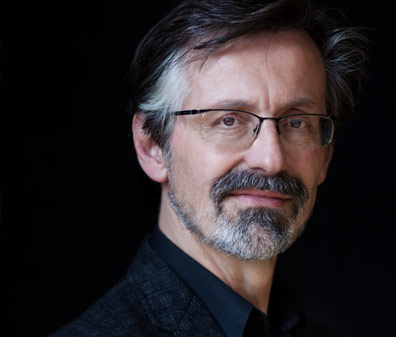
Reitze SMITS
Reitze Smits studied organ, harpsichord, composition, improvisation and musicology.
music and his fascination for the music of Bach defined his career for many years.
+ INFO
Bach and Mendelssohn, linked and distinct
There are many links between Bach and Mendelssohn. But we could wonder how Mendelssohn played Bachs “Schmücke dich”, that he liked so much. What are the differences in style and performance between Baroque and Romantic music? In this course we will consider the possibilities of expression on our instrument, the organ, which sometimes seems so little flexible.
From details like raising the key for articulation or legato, from shaping ‘figures’ till phrasing, from harmony lines to melodic flow, from the rhetoric attitude to the sensibility for musical characters, we will discover that playing the organ has many dimensions that depend on the music you are playing. Developing the proper
approach for this repertoire will give you a good basic control of your instrument to play much other music with the right expression as well.
Johann Sebastian Bach (1685-1750)
All works
Felix Mendelssohn Bartholdy (1809-1847)
All works
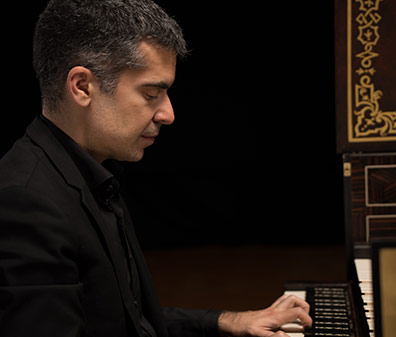
Diego ARES
Diego Ares is considered one of the leading harpsichordists of his generation.
+ INFO
Antonio de Cabezón: the great musician who never wrote
In the 1578 edition, Hernando de Cabezón admits the “no small amount of work” he undertook to bring his father’s works to perfection. It should be noted that Antonio, because of his blindness, never wrote his music. What did this perfection consist of? This question will be the starting point to approach the prodigious mind of one of the most enigmatic composers in history. By considering the instrumental praxis of his time, different possible perspectives for approaching this important repertoire will be discussed.
Luis Venegas de Henestrosa (ca. 1510-1570)
Libro de cifra nueva para tecla, arpa y vihuela
Antonio de Cabezón (1510-1566)
Obras de música para tecla, arpa y vihuela de Antonio de Cabeçon
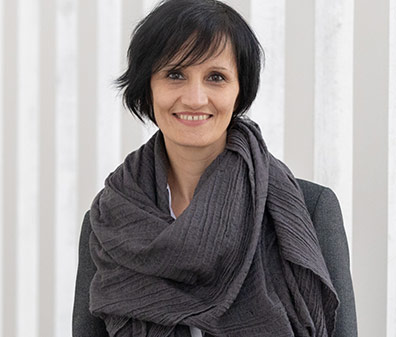
Irene DE RUVO
Graduated in organ, harpsichord and piano, she attended the two-year organ upper course with the highest grades.
+ INFO
The Italian baroque organ music between counterpoint style and Stylus phantasticus
«Non si dee questo modo di suonare stare soggetto a battuta come veggiamo usarsi nei madrigali moderni, i quali quantunque difficili si agevolano per mezzo della battuta portandola or languida or veloce, e sostenendola etiandio in aria secondo i loro affetti o senso delle parole». This is the first of the many Warnings to the reader by Frescobaldi, where it is suggested that melody should be freed from writing, even when there is no poetic text. This particularly style of writing is specific for the Toccata, a free style musical form. Surprisingly, however, the same composing gesture is present also in other types of compositions, sometimes in short closing passages, for example before a cadence. The Stylus phantasticus is not only for Toccata, but is actually used and included even in compositions in a non-explicity and casual way.
Marc’Antonio Cavazzoni (ca.1490-ca. 1560)
Recercada
Giovanni Battista Dalla Gostena (ca.1540-1598)
Organ works
Jan Peeterzoon Sweelinck (1562-1621)
Toccata chromatica
Girolamo Frescobaldi (1583-1643)
Il primo libro di toccate d’intavolatura di cembalo e organo
Il secondo libro di toccate d’intavolatura di cembalo e organo
Fiori musicale
Johann Jacob Froberger (1616-1667)
Toccatas
Georg Muffat (1653-1704)
Apparatus musico-organisticus
SEMINARS AND LECTURES
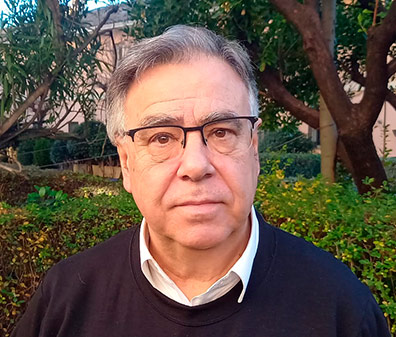
José SIERRA
+ INFO
The Keyboard Music of P. Antonio Soler (1729-1783): State of the art
Father Antonio Soler (1729-1783) composed a significant number of works for harpsichord and organ. The keyboard work is dedicated to the Infante Don Gabriel de Borbón; He composed the organ work for the liturgy of the Office and Mass in the Monastery of El Escorial. The keyboard music edition was compiled and edited essentially by Samuel Rubio and José Sierra. During recent years, several works that were unknown have been discovered and published. An analysis of these developments will be presented.
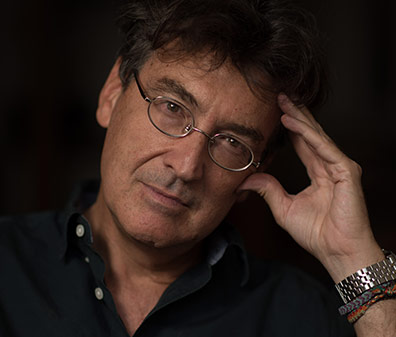
José María SÁNCHEZ-VERDÚ
+ INFO
New territories of the organ in the 20th and 21st centuries (I and II)
The organ is one of the most interesting and richest instruments in today’s music. In the 20th and 21st centuries composers such as O. Messiaen, G. Ligeti, M. Feldman, C. Halffter, B. Ferneyhough and a long etcetera have introduced new proposals and languages that have resized the repertoire of this instrument and have led its possibilities to enormously original and new territories. Its immense richness for composition and the demands of both technical and interpretative knowledge sometimes continue to condition the use of this enormous world of sound.
CLASSES
- The course will have a duration of 50 hours approximately.
- There will be a maximum of 12 active students.
- Academy proffesors will offer 45 minutes individual lessons to those students who request them. Enrollment for these classes will be held in strict order of registration.
- Some of the scores for the course can be provided on request.
ACCOMODATION
APPLICATION
ACTIVE PARTICIPANT: Registration 150€
- Individual lesson: 25€.
PASSIVE PARTICIPANT: 80€
Fee to be paid into the following bank account: IBAN ES90 2108 2401 6500 3309 8696
Bank: UNICAJA BANCO
Registration deadline: until 14th June, 2024.
INFORMATION AND REGISTRATIONS
Plaza de San Pablo, 8 E-34005 – Palencia
Teléfono: (+34) 629 878 681
Correo electrónico: echevarría.org@telefonica.net
www.aaopalencia.org
ORGANIZA

PATROCINA

Política de Privacidad
Aviso Legal
Política de Cookies
